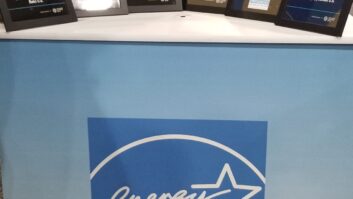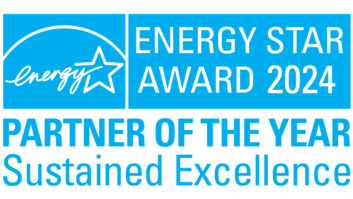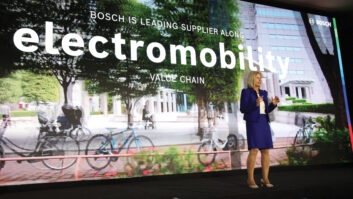Washington
– The U.S. Environmental Protection
Agency (EPA) and the Department of Energy (DOE) have finalized changes to the Energy
Star program that address irregularities in the product certification process.
As previously reported in TWICE, manufacturers must now submit
complete lab reports and results for review and approval by EPA prior to
labeling their products as Energy Star-qualified.
EPA has also ended its automated approval process, and will begin
individual reviews and approvals for all new applications beginning this week.
Additionally, vendors and retailers applying for Energy Star “partner”
status will not be able to access the program’s certification mark until EPA
has approved a specific Energy Star-qualified product submitted by the company.
The changes – which come
as the $300 million federal “cash for appliances” rebate program goes into high
gear – accelerate steps DOE and EPA have initiated over the past few months to
bolster the verification, testing and enforcement aspects of the program in
response to widespread irregularities.
The initiatives follow
a two-year-old report by the consumer advocacy publication Consumer Reports,
which found that energy consumption in real-life differs from the test
standards set by DOE. The magazine also revealed that appliance manufacturers
conduct their own Energy Star-certification tests with little oversight from
DOE, which relied on vendors to monitor their competitors’ products due to
budgetary constraints.
More recently, EPA and DOE have taken action against 35
manufacturers in the past four months, including LG and Haier. The agencies
took steps in December to remove the Energy Star label from 20 LG
refrigerators, and in January signed a consent decree with Haier on four
freezers that failed to meet Energy Star and appliance-efficiency standards.
Haier was fined $150,000 and required to notify consumers and repair any
defective units.
The minimum appliance-efficiency standards set baseline
efficiency levels for appliances. DOE said the long-delayed standards, which
were issued last year after President Obama ordered the agency to clear the
logjam, are expected to save consumers between $250 billion and $300 billion
over the next 30 years.
The agencies added that a
recent Inspector General audit found that 98 percent of appliances tested
randomly by the DOE in ongoing off-the-shelf inspections fully complied with Energy
Star requirements.
“The safeguards we’re
putting into effect are essential for the millions of consumers who rely on Energy
Star products to help save energy, money and the environment,” said Gina
McCarthy, EPA assistant administrator for air and radiation.
Added Cathy Zoi, DOE
assistant secretary for energy efficiency and renewable energy, “The steps we
are taking to strengthen the program will ensure that Energy Star continues to
be the hallmark for energy efficiency in the years to come.”










